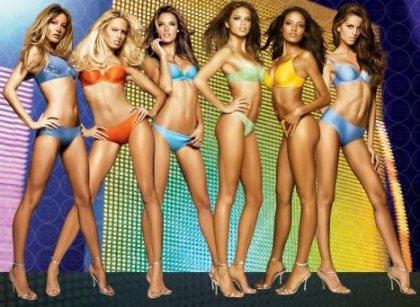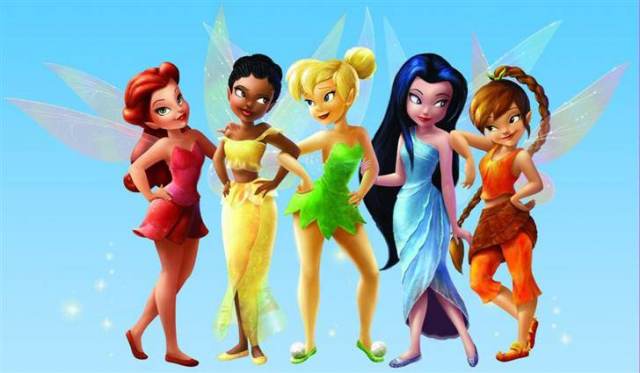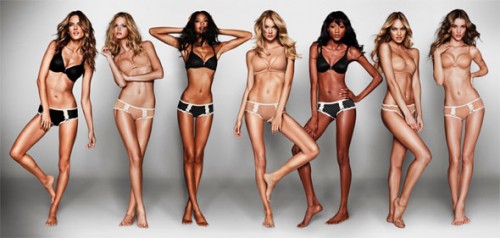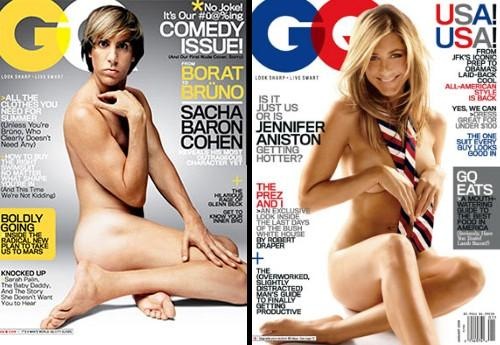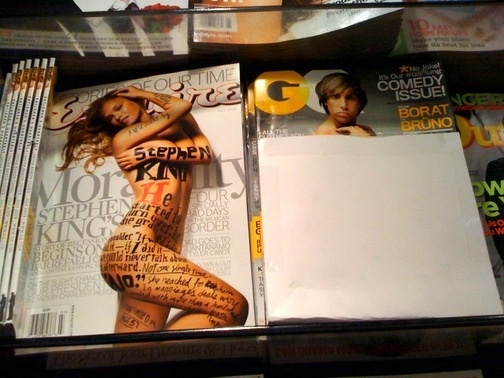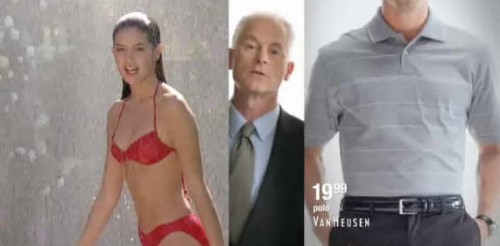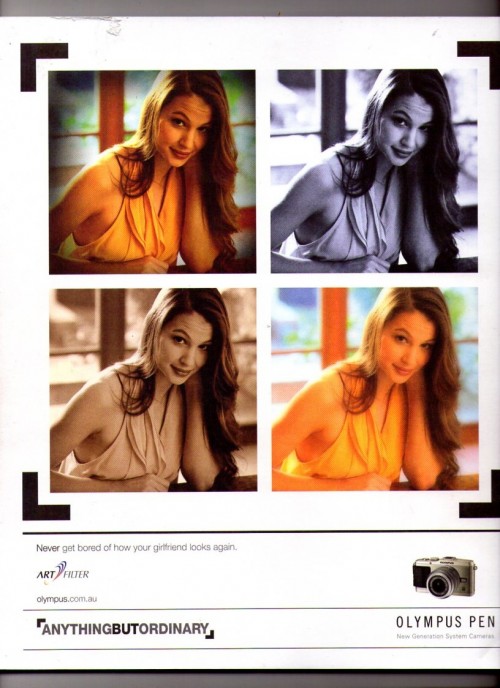Cross-posted at Caroline Heldman’s Blog.
Demand #8 from the Occupy Wall Street list of demands is a call for a “gender equal rights amendment,” a good sign that OWS is thinking about inequality in all its various forms. This sentiment, though, seems to be lost on (supposedly) liberal filmmaker, Steven Greenstreet, whose past work includes documentaries about the Mormon influence in passing Proposition 8 and the conservative backlash against Michael Moore. Greenstreet is also the proud creator of the website, Hot Chicks of Occupy Wall Street. He was watching news coverage of the Occupy movement that inspired him to tell a friend,
Wow, seeing all those super smart hot chicks at the protest makes me want to be there… Hmmm… Yeah, let’s go with that.
We instantly went to Tumblr and made [Hot Chicks of Occupy Wall Street]. Our original ideas were admittedly sophomoric: Pics of hot chicks being all protesty, videos of hot chicks beating drums in slow-mo, etc. But when we arrived at Zuccotti Park in New York City, it evolved into something more.
There was a vibrant energy in the air, a warmth of community and family, and the voices we heard were so hopeful and passionate. Pretty faces were making signs, giving speeches, organizing crowds, handing out food, singing, dancing, debating, hugging and marching.
The evolution from “sophomoric” to “something more,” inspired by “community and family,” is not evident on the website. Aside from the obvious reduction of activist women to sexual objects, this site is shockingly offensive in its inclusion of young women/girls, one with the caption “She is identified as being 18 years old.” [Hint: If you have to identify “her” as being of age, that’s a sign you probably shouldn’t be posting the photo.]
Greenstreet does not provide information about whether he gained permission from the girls/women featured, but since no names are provided, we can assume he did not systematically seek permission.
It is also unlikely that Greenstreet informed his subjects of his intention to post their photos on the Hot Chicks website. With his accomplice, Brandon Bloch, Greenstreet shot a video with interviews of women in which it is clear they thought their words, not their bodies, would be the focus:
[vimeo http://vimeo.com/30476100]
Greenstreet has posted criticism on the Hot Chicks website like a badge of honor:
@JaeChick: Nothing like degrading women to get attention. You are a small, sorry excuse for a man.
@MeFunk: Whatsay you take down your sexist video, issue a formal apology to female protesters, and then I pour hot coffee on you?
He responded to critiques of sexism with the following statement:
Apparently a lot of controversy has erupted online from people passionately opining (among many things) that this is sexist, offensive, and dangerously objectifies women. It was not my intent to do that and I think the spirit of the video, and the voices within, are honorable and inspiring.
However, if you disagree with me, I encourage you to use that as an excuse to create constructive discussions about the issues you have. Because, to be honest, any excuse is a good excuse to bring up the topic of women’s rights.
Wow, what a humanitarian. It appears that this fumbling display of overt sexism was really just a ploy to get us talking about women’s rights. Thanks, Steven.
Thanks to Katrin, Melanie L., Jessie W., and Nathan Jurgenson of Cyborgology for asking us to write about this topic!


